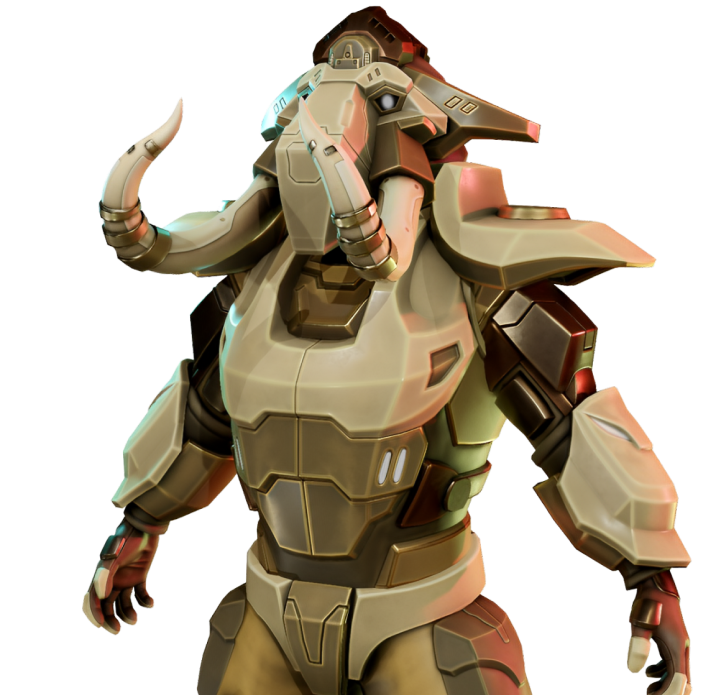In the dynamic world of video games, where storytelling meets technology, creative game art plays a pivotal role in shaping player experiences. It is here—at the intersection of boundless imagination and refined technical skill—that digital worlds come alive, characters develop personalities, and players are drawn into immersive adventures.
Behind every captivating game lies an intricate collaboration between art and technology. Let’s explore how creative game art bridges these two realms and why it remains one of the most exciting disciplines in game development.
The Power of Imagination in Game Art
At its core, creative game art is about visual storytelling:
-
Imagining fantastical worlds that defy reality
-
Crafting unique characters with rich personalities
-
Designing environments that evoke emotion and curiosity
Game artists are dreamers. They translate written lore and abstract ideas into visuals that spark wonder. Concept art is where this magic begins—sketches that evolve into complex designs, mood boards that set the tone, and iterations that shape the visual DNA of a game.
In this phase, there are no limits—only imagination drives the creative direction.
Technical Mastery: Turning Vision into Reality
However, imagination alone is not enough. Creative game art demands technical proficiency across multiple disciplines:
-
2D Art & Illustration: Digital painting, character illustration, UI art
-
3D Modeling & Sculpting: Creating assets optimized for real-time engines
-
Texturing: Applying detailed surfaces that add depth and realism
-
Animation & Rigging: Bringing static models to life through movement
-
Lighting & Shading: Crafting mood and atmosphere through light and material work
Game artists must also navigate technical constraints—polygon budgets, texture memory, frame rates, and platform limitations. The challenge is to deliver visually stunning art that runs efficiently on modern hardware.
Balancing creativity with performance optimization is an art form in itself.
Collaborative Synergy
Creative game art thrives on collaboration:
-
Art directors establish the overarching visual style.
-
Concept artists spark early imagination.
-
3D modelers and texture artists build game-ready assets.
-
Animators inject life into characters.
-
VFX artists add spectacle and energy.
-
Technical artists bridge the gap between art and engineering.
This synergy ensures that a cohesive visual language permeates every aspect of the game, from UI elements to sprawling open worlds.
Evolving Tools, Timeless Creativity
Today’s artists have powerful tools at their disposal:
-
Real-time rendering in engines like Unreal Engine and Unity
-
Advanced sculpting in ZBrush
-
PBR texturing with Substance Painter
-
AI-assisted workflows accelerating iteration
Yet despite these advancements, the heart of creative game art remains timeless—vision, storytelling, and craftsmanship.
Technology enhances creativity, but it is the artist’s eye and imagination that give life to pixels and polygons.
Creative game art is where fantasy meets function. It is a discipline that blends artistry with engineering, imagination with precision. Whether you are designing an enchanted forest, animating an alien creature, or painting a cyberpunk skyline, the process is a dance between creative vision and technical execution.
In this intersection lies the magic of game art—where every brushstroke and vertex contributes to a world waiting to be explored.





Leave a comment